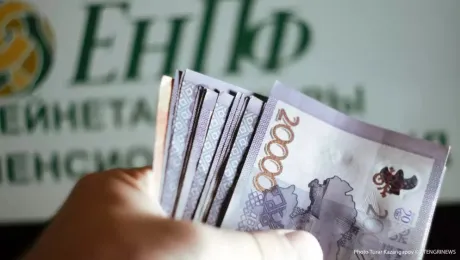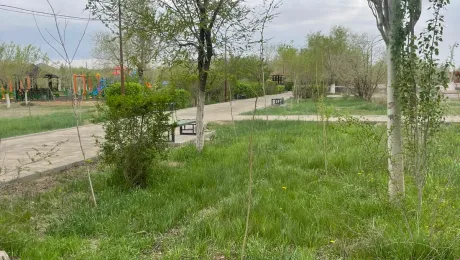Lulang in Nyingchi city of southeastern Tibet is a Tibetan-inhabited area. With pleasant climate and beautiful scenery, Lulang is dubbed as the “paradise town”. In the past, the town suffered poverty despite the rich resources it enjoyed. In recent years, the government departments have vigorously supported and encouraged Tibetan people to open homestays with Tibetan characteristics through various means. Today, almost every Tibetan family in the town runs a homestay, got rid of poverty and embraced better livelihood.
(Photo by Zhu Zhenqiang from People’s Daily Online)
All counties and prefectures in Southwest China’s Tibet Autonomous Region have now been lifted out of extreme poverty, reaching a significant milestone in the region’s poverty alleviation efforts, the regional government announced on January 13.
The regional government said 19 counties and prefectures, such as Gyangze county in Xigaze, Markam county in Qamdo, can now delete the title “poverty-stricken” from their profiles, according to a document sent to the Global Times by the Tibetan regional government.
This signals that all 74 counties and prefectures in the region have shaken off extreme poverty.

Lhanam’s family eat “Gutu”, a type of doughy meat porridge, on the eve of the Tibetan New Year in their new house on Feb.3, 2019. It was the first New Year family party for them since moving to the new community in Ngari Prefecture, western Tibet. Located in Shiquanhe township, Gar county, Ngari Prefecture, Lhanam’s community is the first relocation project in Ngari and the most important livelihood project carried out by the Ngari Prefectural Party committee and administrative office to eliminate poverty.
(Photo by Gongjue Qunpei from People’s Daily Online)
Tibet, a place deemed as the most difficult to get rid of extreme poverty, now achieved a huge progress in this arena and moved one step closer to meet the country’s goal of lifting the entire population out of extreme poverty by the end of 2020, Zhu Weiqun, a former head of the Ethnic and Religious Affairs Committee of the National Committee of the Chinese People’s Political Consultative Conference, told the Global Times.
Zhu, who has long-term and first-hand experience of Tibet’s poverty alleviation work said the government has laid out measures for different places to become rich.
For instance, Markam county was encouraged to make use of their abundant grape resources to develop relevant industries and this successfully helped all its 206 extreme poverty-stricken families to shake off poverty in 2018, China Central Television (CCTV) reported in September.
Hinterland villages in Shannan Prefecture started to bolster their tourism services. Some 49 out of 66 families in Mamacun village of Shannan work in tourism and the villages’ per capital disposable income reached 19,000 yuan annually ($2,710), CCTV said.

Over 20 medical workers from the General Hospital of Tibet’s Area Command of the People’s Liberation Army (PLA) are offering gratuitous treatment on the square in front of the Jokhang Temple, Lhasa to passers-by and Tibetans coming for prayer, March 14, 2019.
(Photo by Zhou Gukai from People’s Daily Online)
A resident of Nyemo county told the Global Times that farmers and herdsmen benefited most from poverty alleviation and learned skills such as handicrafts. They used modern technologies to sell their products online and gained education opportunities.
Ngabo Jinyuan, president of Tibet’s association of industry and commerce, said that private enterprises also played an important role in assisting poverty alleviation and boosting employment.

Bakha village used to be one of the impoverished villages in Bomi, Nyingchi city, where highland barley is the only cash crop for local Tibetans. In autumn, people start to reap highland barley. It is a bumper year and they work very hard, so that they can process and sell more to other parts of the country. Credible sources indicated that as the market demand for highland barley kept increasing in recent years, the Tibetan people have become better-off.
(Photo by Lu Wenkai from People’s Daily)
Altogether 703 private companies registered to take part in Tibet's poverty alleviation system, investing 2.32 billion yuan ($0.35 billion).
In 2019, more than 82,000 people were lifted out of extreme poverty and the association helped more than 800 university graduates find jobs in Tibet, said Jinyuan.
Another effective measure was to support poor students' education, said Zhu.

The temperature of the Himalayan hinterland in Tibet drops to below -30 degrees Celsius after a heavy snowfall. On Jan.14, 2020, soldiers of the Ngari Military Sub-District, stationed near Mapham Yutso, strengthened border patrol, walking to patrol a mountain pass at an elevation of 4,800 meters above the sea level. Though encountering a snowdrift, winds above force 6, and visibility of only 15 meters, the soldiers braved the coldness and managed to keep the border line safe.
(Photo by Liu Xiaodong from People’s Daily Online)
Both the central and regional governments issued preferential policies to relieve poor Tibetan students’ economic burden from elementary education to university, Pu Zhengxue, an official from Tibet’s office of poverty alleviation and development, said in a conference in November.
“Tibet has poor natural conditions, but the poverty alleviation achievements are quite rich,” said Pu.
“Most importantly, poverty alleviation spread the warmth of the central government to all ethnic groups in this region and pulls close the public with the Party and officials,” Pu said.
Southern Xinjiang, Tibetan autonomous prefectures in Northwest China’s Gansu and Qinghai provinces and some areas in Southwest China's Yunnan and Sichuan were also deemed as most difficult places to shake off extreme poverty.
A total 48 extreme poverty-stricken counties in Yunnan got rid of extreme poverty from 2013-18, China News Service reported in August, 2019. Gansu vowed to lift all of its extreme poverty-stricken counties including cities and prefectures out of extreme poverty by 2020, Xinhua reported.
Source: Global Times






